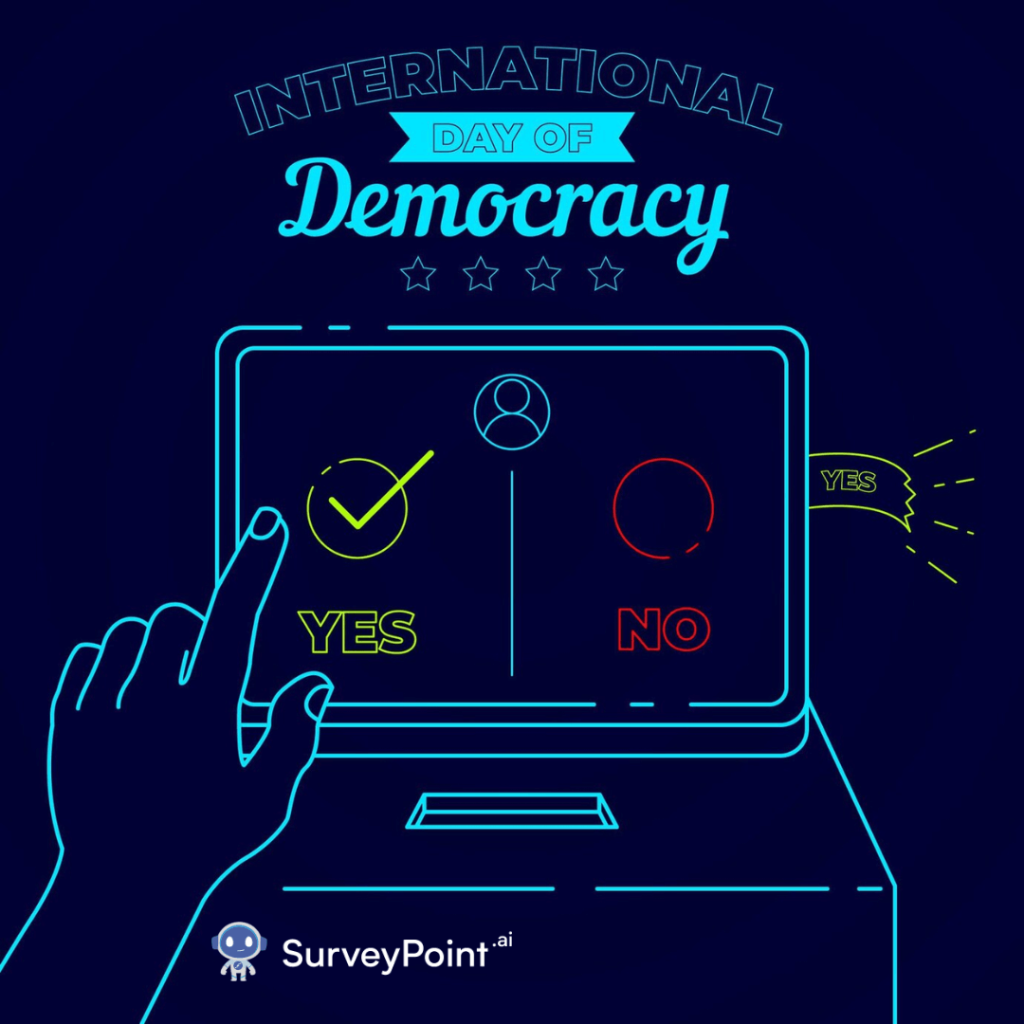
Before we discuss the Pricing Survey, let us imagine: how good it would have been if somebody had asked us, “Hello, how much are you willing to pay for this product? I will ensure you get your desired product in less than that, maintaining quality.’
Generally, the consumption pattern of people is more or less the same across the globe. We want a good quality product at a reasonable price. And we are not ready to pay anything extra labeled with it— be it charges for fancy set up, and the list goes on.
However, when we compare this understanding based on our common sense to the definition of classic behavioral science— the scenario alters the course of this discussion.
It shows: Yes, people are willing to pay more for the same product when it comes from any fancy shop. Such research finding at once directs us to learn the concept regarding ‘Price Elasticity on Demand.’
Understanding the Process to Calculate Price Elasticity on Demand
People are not willing to pay any amount for any brand or product. Therefore, each business should know how much its customers are willing to pay for a product. Alongside they need to consider those features in a product people view as the most valuable.
The right set of empirical data regarding an audience pool, product utility, etc., is matched by the deliverables of a pricing survey.
Pricing Surveys
A pricing survey is a valuable research designed to help businesses calculate— how much they should charge for a particular product or a service. Besides shedding light on the features that people from different market segments are most likely to appreciate when comparing the same product to its (the product’s) competitors. It also sheds light on many other product-related topics.
An effective pricing survey can be conducted based on various research approaches. This survey is designed to help managers calculate good profit margins by raising prices or elevating revenue by cutting down price tags.
Different Types of Pricing Surveys
Willingness to Pay Method
This method asks people what their preferred price is for a certain product. The survey question can be kept open-ended over here. It can have options where the participants can choose their answers or blank places where they can just put their answers right away.
Pros
The willingness to pay method is direct and helps researchers to analyze produced answers in a hassle-free manner. A lot of background knowledge is taken into account in the research method.
Cons
The validity of this survey is questioned since people’s willingness to pay for a product may fluctuate from time to time. It has also been found that in this method, participants overstated their price sensitivity quotient.
The Van Westendorp Pricing Model
The Van Westendorp technique helps companies position their products more effectively by gauging the consumers’ intuitive product pricing.
This survey revolves around a series of 4 questions. When consumers respond to such a pricing survey, a brand indirectly learns an acceptable price range for its product.
The survey commences with a brief description of your product or service and then asks respondents to answer the following set of questions:
- At what point in the price would you doubt the product’s/service’s quality and not buy it?
- How much would you consider the product worth at what price point?
- Do you still consider purchasing a product/service when it becomes expensive?
- If the product costs too much, at what point would you label it unaffordable?
Pros of The Van Westendorp Pricing Model
The model is simple and understandable for most of the audience, irrespective of their level of education.
Flexibility
The model offers flexibility to witness an acceptable price range of the survey product from its audience.
Con’s
No Context
The Van Westendorp Pricing Model doesn’t allow audiences to compare its price range with the products from a brand’s competitor.
The model research doesn’t scrutinize a product/service based on its specific features.
Expected Cost-Open-Ended
This type of Expected Cost research tries to determine the price your consumers want your product to be labeled. They are generally asked an open-ended question: ‘What is the price range you would pay for this product?’
The answer is given inside an open-ended text box. The respondent can fill in any number over there.
Pros of the Expected Cost Pricing Model
This model is free from personal factors.
Cons of the Expected Cost Pricing Model
Using such a model, marketers can determine a reasonable price for a product or service, but not whether the consumers will pay for it.
Conjoined Analysis
Analyzing consumers’ product preferences or attributes is an effective way of measuring the value of a brand. It breaks down a product’s main attributes and allows you to choose based on how you combine them. These attributes are mainly size design, brand claims, price, and more.
There is a couple of conjoined analysis, but the most common and effective is the choice-based conjoined.
Choice-based conjoined creates product’s profiles based on different attributes of the product and then asks respondents to choose any option from the list.
Pros of Conjoined Analysis
The analysis offers a unique overview of the consumers buying behavior.
Cons of Conjoined Analysis
Complex, time-consuming, and resource-intensive joint analyses are complex.
RELATED: Know the Market Research Challenges with its Solutions
To Wrap it Up
After picking up what suits best for a company, a business should decide upon which type of survey it is willing to participate. Accordingly, the marketers will choose proper online panels to conduct their survey.
The better the selection of these channels is, the better remains a business’s reach to its ideal customer regarding age, gender, geography, income, and zip code.
However, the responsibility of a firm doesn’t stop right after choosing the right set of online participants. The concerned authority has to pay close attention to the generated data quality. Making sure only good quality data is coming from these surveys helps researchers make meaningful conclusions.




